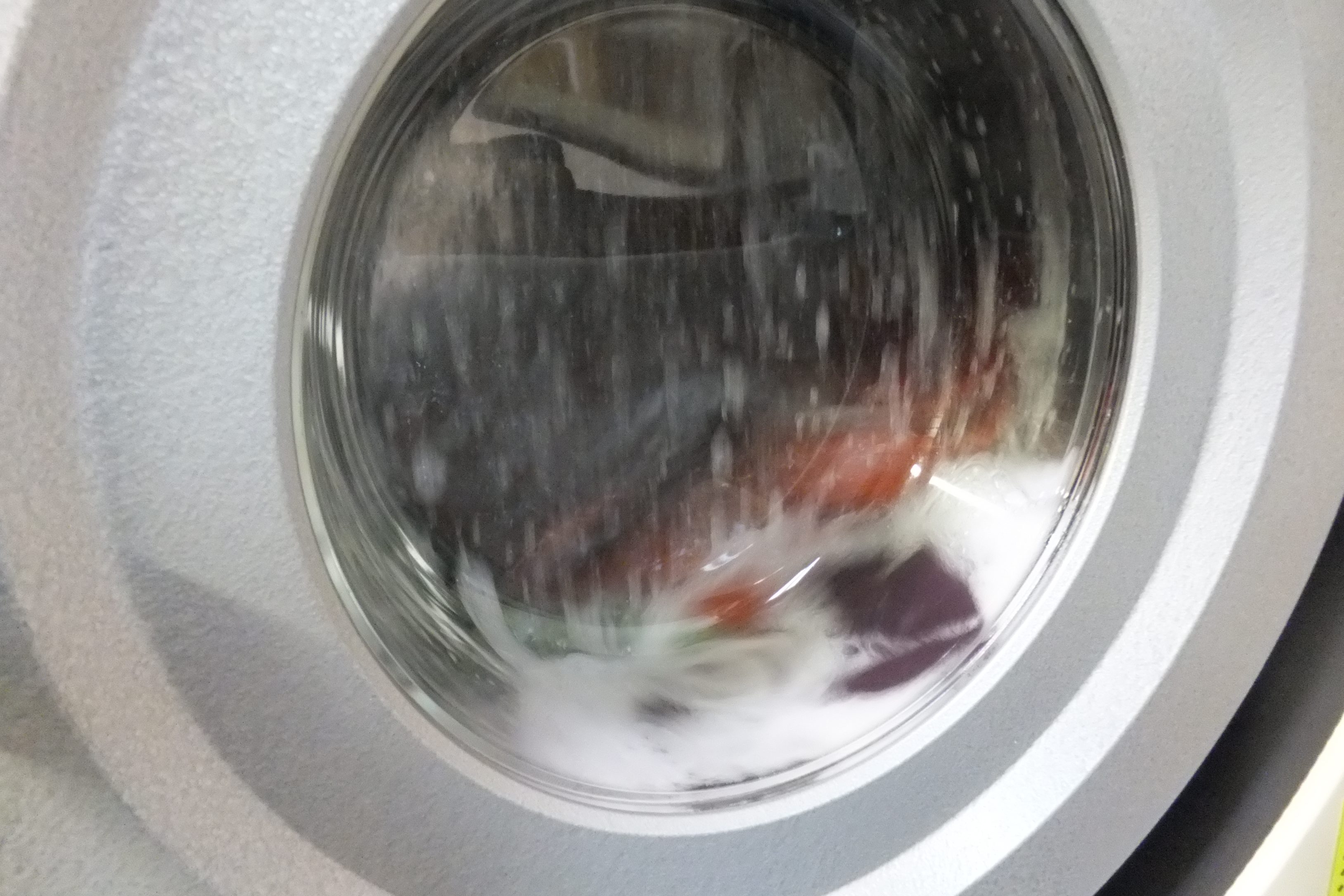着物の丸洗いは、洋服で言えば、洗濯に当たります。
シミや汚れの具合を全体にチェックして、先に、その部分をブラシで
こすり、皮脂、食べこぼし、等々の油分を取ることが大切です。
黄変しみや、泥、水シミ、、等々、残っても問題ありません。
次の工程の しみ抜き で綺麗にしますので、
着物用に調整した洗濯機でゆすぐ程度の強さで回転をかけ洗います。
金加工や、刺繍、絞り、比翼など洗うのに注意をしながら進めます。
きものも洗えるの物と洗えない物があります。
選別できなければ、丸洗い後は大変な事が待っています。
長年の経験は、ここでも生きてきます。
ーーーーーーーーーーーーーーーーーーーーーーーーーーーーーーーーーーーーーー
Washing a kimono is equivalent to washing clothes.
Check the entire area for stains and dirt, then brush that area first.
It is important to remove oil from rubbing, sebum, food spills, etc.
There is no problem even if yellowing stains, mud, water stains, etc. remain.
I will clean it with his stain remover in the next step,
Wash it in a washing machine adjusted for kimonos, using a gentle cycle of rinsing strength.
Proceed with care when washing the gold work, embroidery, crimping, and hiyoku.
Some kimonos can be washed and some cannot.
If you can’t sort them out, you’ll be in big trouble after washing them.
Years of experience come into play here as well.

